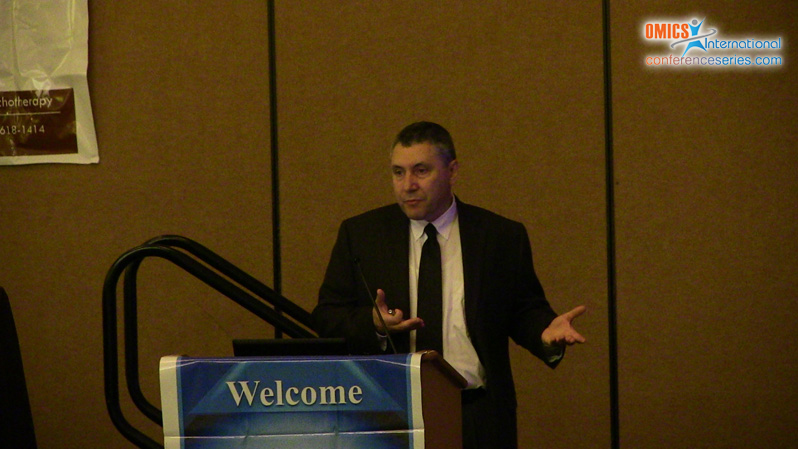
Igor Elman
Harvard Medical School, USA
Title: Elucidating the role of reward mechanisms in pathophysiology and treatment of obesity
Biography
Biography: Igor Elman
Abstract
Background: Obesity and overeating may be construed as a behavioral addiction. In schizophrenia, obesity is twice as prevalent as in the general public afflicting over 50% of the patients and shortening their lifespan by about 15 years. Although excessive consumption of fast food and pharmacotherapy with second-generation antipsychotic agents (SGAs) has been implicated in the schizophrenia/obesity comorbidity, the pathophysiology of this link remains unclear. The mechanism proposed here is based on the central opioidergic system owing to opioids’ role in: a) enhancing reward features of food; b) boosting orexigenic and suppressing anorexigenic neuropeptides; c) reducing peripheral insulin secretion and d) desensitizing insulin receptors. The purpose of this presentation is to discuss a heuristic value of opioid blockade for patients’ metabolic status. Methods: Translational evidence to be presented in support of the above contention includes a preclinical and two clinical studies. First, four groups of Wistar Han IGS rats were treated for 28 days with an SGA olanzapine, a combination of olanzapine and an opioid receptor antagonist, naltrexone, naltrexone alone or vehicle, and their food consumption and body weight were measured daily for the first nine days and every other day thereafter. Second, a potential mechanism of naltrexone action was explored in 15 patients with heroin dependence who underwent the standard sweet taste test before- and 7 days after the injection of depot naltrexone. Third, we also conducted a double-blind placebo-controlled pilot clinical trial where schizophrenic or schizoaffective patients on a stable dose of olanzapine were randomized in a double-blind fashion to receive naltrexone (n=14) or placebo (n=16). Results: Rats treated with olanzapine and naltrexone were similar to the vehicle-treated animals with respect to food intake and body weight gain, whereas olanzapine treatment alone induced overeating and obesity (p<0.001 group-by-time interaction). Data from heroin dependent human subjects demonstrated a reduction in the hedonic and motivational ratings of sweet solutions (p<0.05) after naltrexone suggesting a potential mechanism of action. On the clinical trial, in comparison to the olanzapine and placebo combination, the olanzapine and naltrexone group displayed a significant decrease in the fat mass (p<0.01), assessed with the biometric impedance analysis and a trend towards improvement in the insulin resistance quantified via HOMA-IR values (p=0.09). Conclusions: Naltrexone addition may result in clinically meaningful attenuation of olanzapine-induced metabolic side effects. Potential mechanisms of naltrexone action may involve diminution of rewarding features of food in conjunction with favorable effects on insulin sensitivity. If confirmed, these results may contribute to the identification of an inexpensive and effective treatment that specifically targets the underlying pathophysiologic effects of SGAs and provides a substantial clinical benefit to the at risk population.



